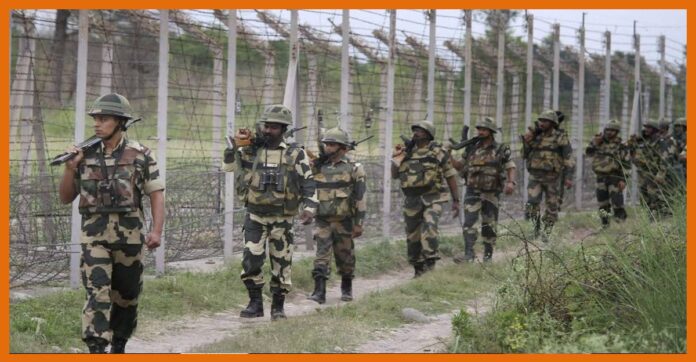On Tuesday, Army Chief General MM Naravane said that China and Pakistan posed a “potent threat” to India, and the “threat of collusion” could not be wished away. He suggested that, despite “increasing cooperation” between Pakistan and China in the military and non-military fields, the Indian military must be prepared for a “two-front” war.
“Last year we had to walk the talk and rise to the occasion in dealing with challenges,” he was quoted as saying by news agency PTI. “Pakistan and China together form a potent threat, and the threat of collusion cannot be wished away.”
Though talk of a two-front war is not recent and it is incorporated during war games by India’s military planners, China’s provocative acts last year in eastern Ladakh have changed the calculus significantly. Incursions into India by People’s Liberation Army (PLA) soldiers caused a deadly skirmish that led to the deaths last summer of 20 Indian soldiers and an undisclosed number of Chinese troops.
It also sparked a military standoff, with tens of thousands of soldiers mobilized from both countries on the Real Control Line (LAC). A few months after the deadly fighting in Ladakh’s Galwan Valley near the frontier, the standoff was not resolved.
With signs of expanded military coordination between China and Pakistan and with the latter still hosting militants on its soil, mainly targeted at attacking India, the possibility of a confrontation spiraling into a wider war with either of the two countries has become less unrealistic.
What a two-front war really means
So far, in a fleeting war while fighting off China in the north and northeast, India’s policy has concentrated largely on overwhelming Pakistan. That made sense, considering India’s ammunition stockpile. If China is the key aggressor, however, and Pakistan plays a supporting role, then the Indian military’s mission becomes considerably more challenging.
To translate that on the field, however, India would have to pursue a major increase in its stockpile of ammunition. It is assumed to be ongoing at the moment.
The air force is another problem. A few years ago (when he was at the helm), former Air Force Chief BS Dhanoa had said that India needed a minimum of 42 squadrons to dominate a two-front war. India has 30 fighter jet aircraft at the moment.












































